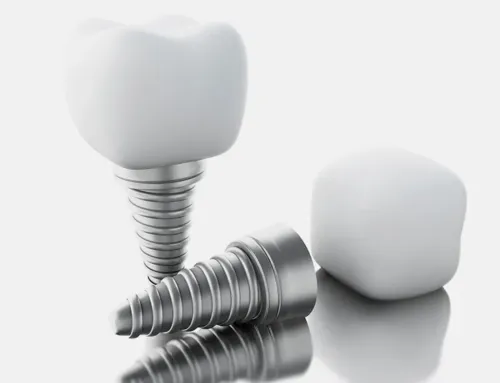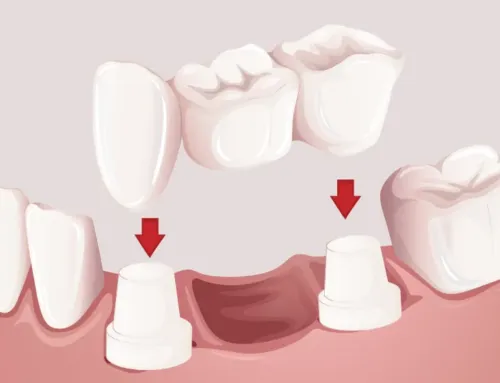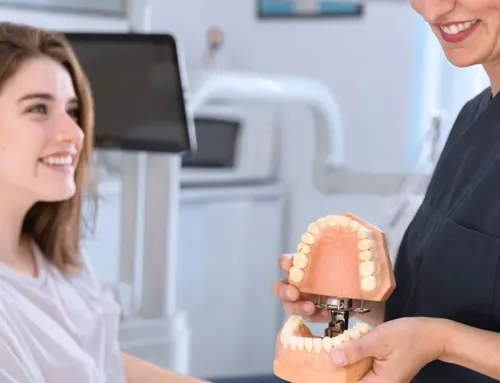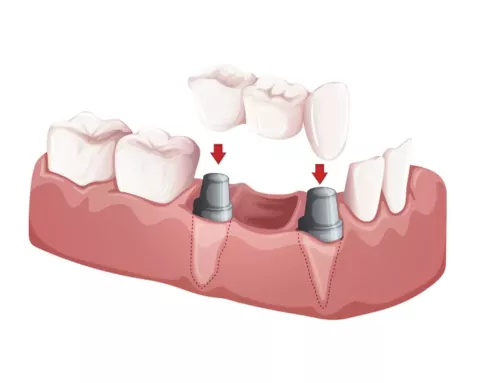Maintaining your natural teeth and general health depends on having healthy gums. But a lot of people have gum disease without realizing the slow harm that’s happening under the gums. Regular cleanings by a dentist can help prevent gum disease, but most of the time periodontist is required. Here, we will discuss five obvious indicators that it might be time to see an Ashburn periodontist for gum care.
Reasons You May Need to See a Periodontist
One of the common questions people ask is: “Why would someone need to see a periodontist?”
Bite Changes – Your teeth may feel loose, shift in position, or change in bite, all of which are signs of gum disease-related supporting bone loss. Your bite alters as teeth move into new locations as the gums recede. Visiting an Ashburn periodontist might reveal areas of bone loss and infection that need care beyond what is usually provided by a dentist. The periodontist precisely measures the placements of your teeth and keeps an eye out for any additional shifting that could affect your bite.
Reddish, inflamed gums – When brushing or flossing, puffy, reddish gums that bleed indicate gingivitis and early stages of gum disease. Bacterial plaque damages the tissues and bones that hold teeth, causing irritation and spreading below the gum line if left untreated. It becomes more difficult to reverse the damage as the infection gets worse. Getting periodontal therapy from a periodontist offers proactive intervention before significant damage is done.
Loose teeth – The root behind one or more teeth that feel loose and rock or shift at the slightest touch is probably no longer attached to the surrounding bone. If treatment is not started, the tooth will eventually fall out since it no longer has a strong bone support system. You should see your general dentist if you see loose teeth, but if the condition requires more involved treatment than routine dental care, you should get a referral to a periodontist right once.
Receding gums – Have you noticed that the gum line is receding and exposing more of the tooth surface? This typical sign indicates that gum recession is progressing, which raises the risk of decay and tissue deterioration for the teeth roots. Without gum treatment, teeth get looser as the gums recede even further, and eventual loss is likely.
Pain and discomfort – Discomfort in a tooth may indicate that the infection and inflammation have reached the tips of the roots. A periodontist must be seen to identify the precise cause of the illness and preserve the afflicted teeth, even though ordinary dentists can perform preliminary testing. If the condition is not treated, the agony gets worse until evacuation of the tooth is required.
WHAT TO EXPECT AT THE PERIODONTIST
Another question people ask is – “What does a periodontist do for gum disease?”
Proficient Treatment: After completing their general dentistry education, periodontists undergo an extra three years of study. It offers specific knowledge and skills for treating severe gum disease and gum deformities.
Advanced Cleaning: More work will be done during deep cleanings than during routine dental hygiene visits. Instruments might extend 4–5 mm below the gum line to remove tartar and built-up plaque.
Assess Your Overall Health: Because diabetes, heart disease, and stroke are associated with gum disease, your periodontist looks for signs of other health problems.
PREPARATION FOR POTENTIAL RESTORATION: Your periodontist offers advice on the finest replacement choices if you wind up losing teeth. Dental implant success is dependent on healthy gums and bones.
Get the treatment you need At Broadlands Family Dentistry
For individualized treatment planning, rely on Ashburn’s Broadlands Family Dentistry’s periodontal specialists. Our entire staff remains up to date on the most recent findings and cutting-edge techniques for improving and regaining periodontal health. Our periodontists have the clinical expertise and discretion to identify the most effective procedures, ranging from gum grafting to deep cleanings and dental implants.






Leave A Comment